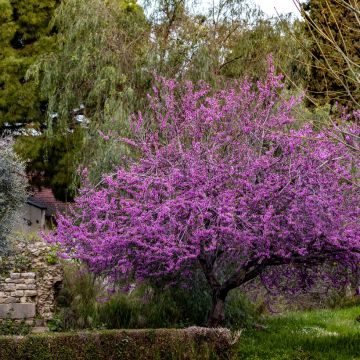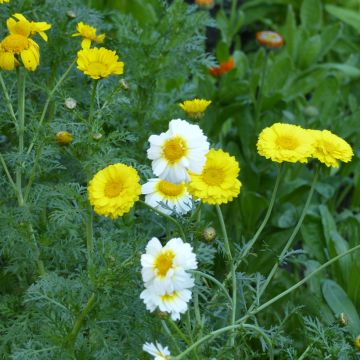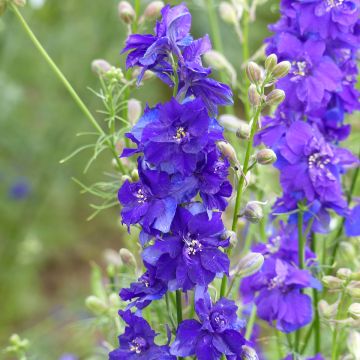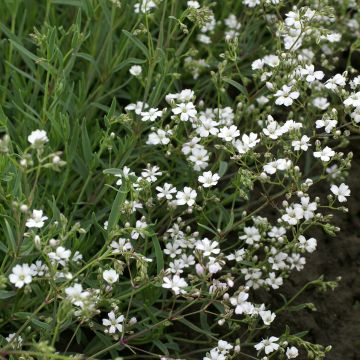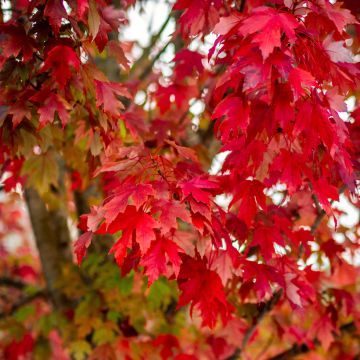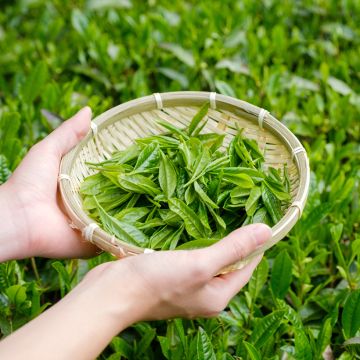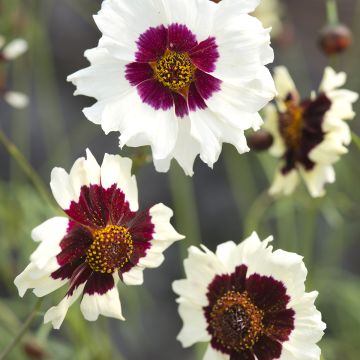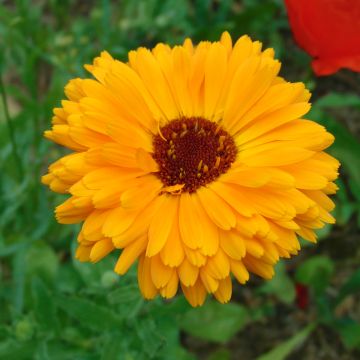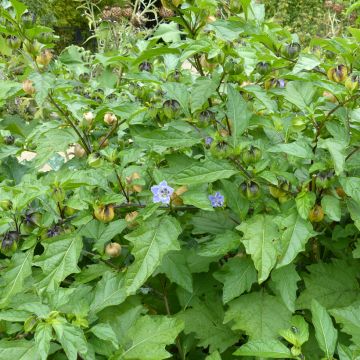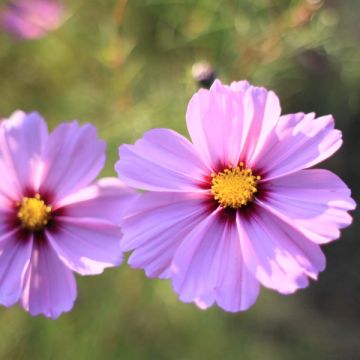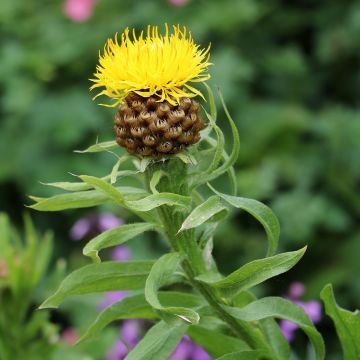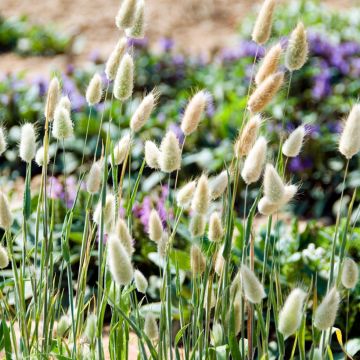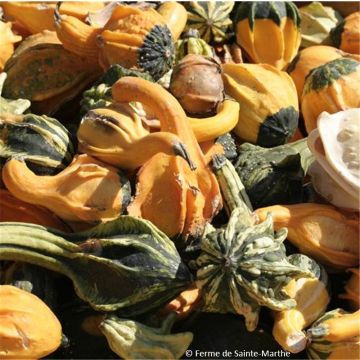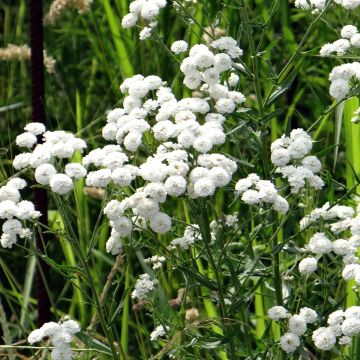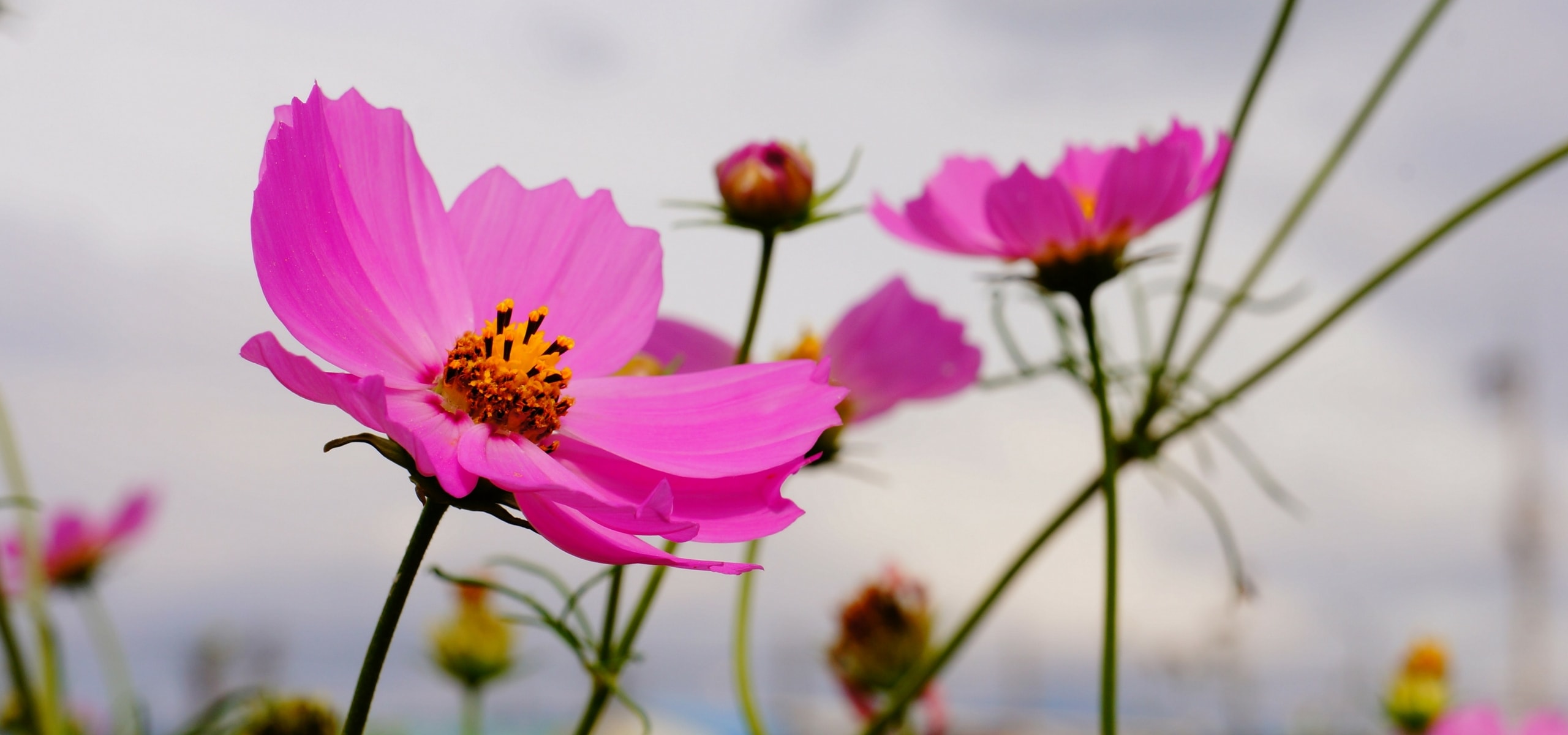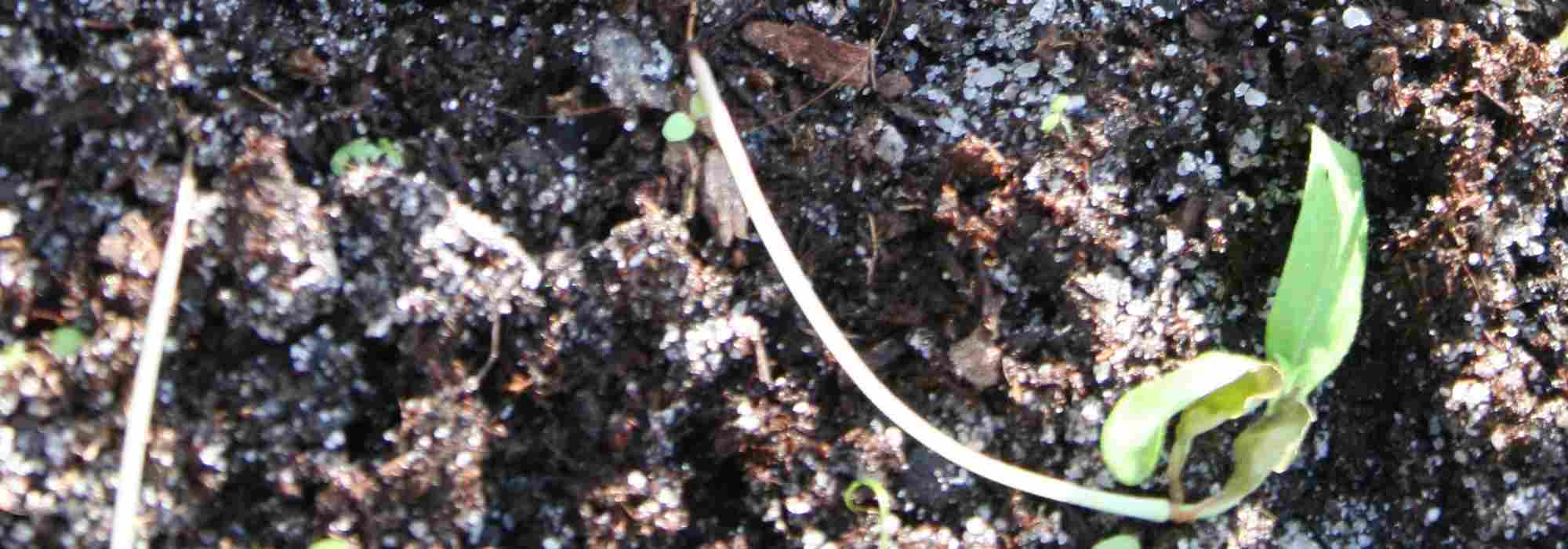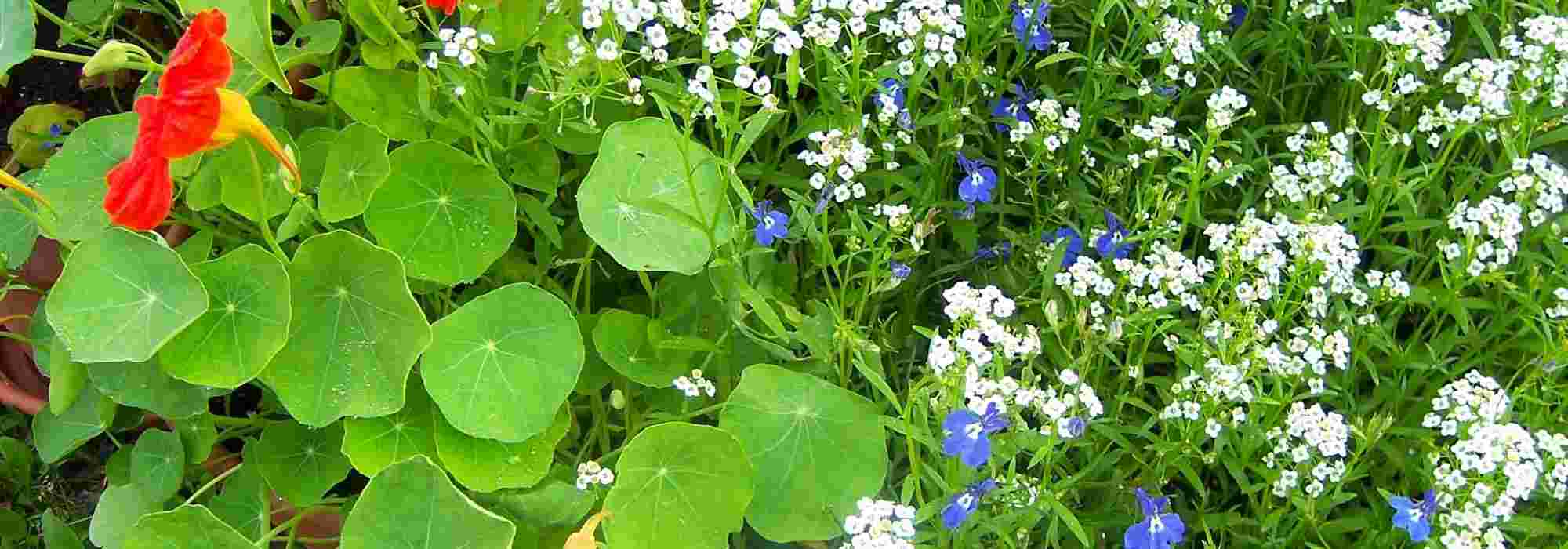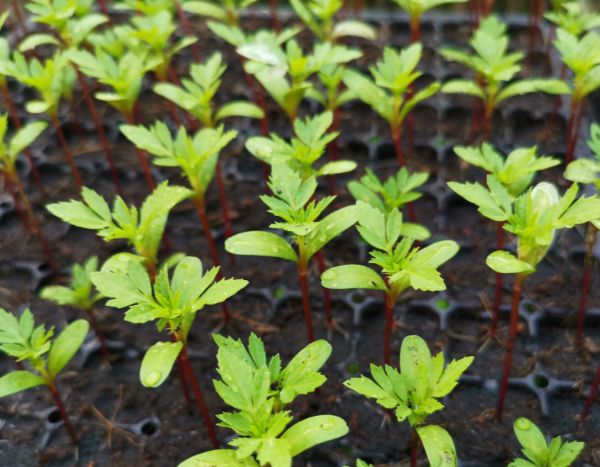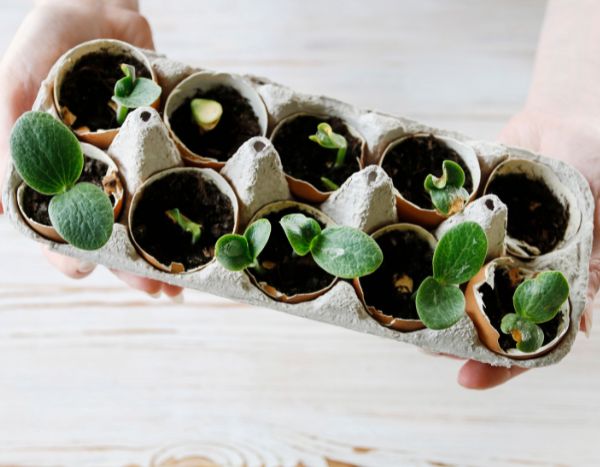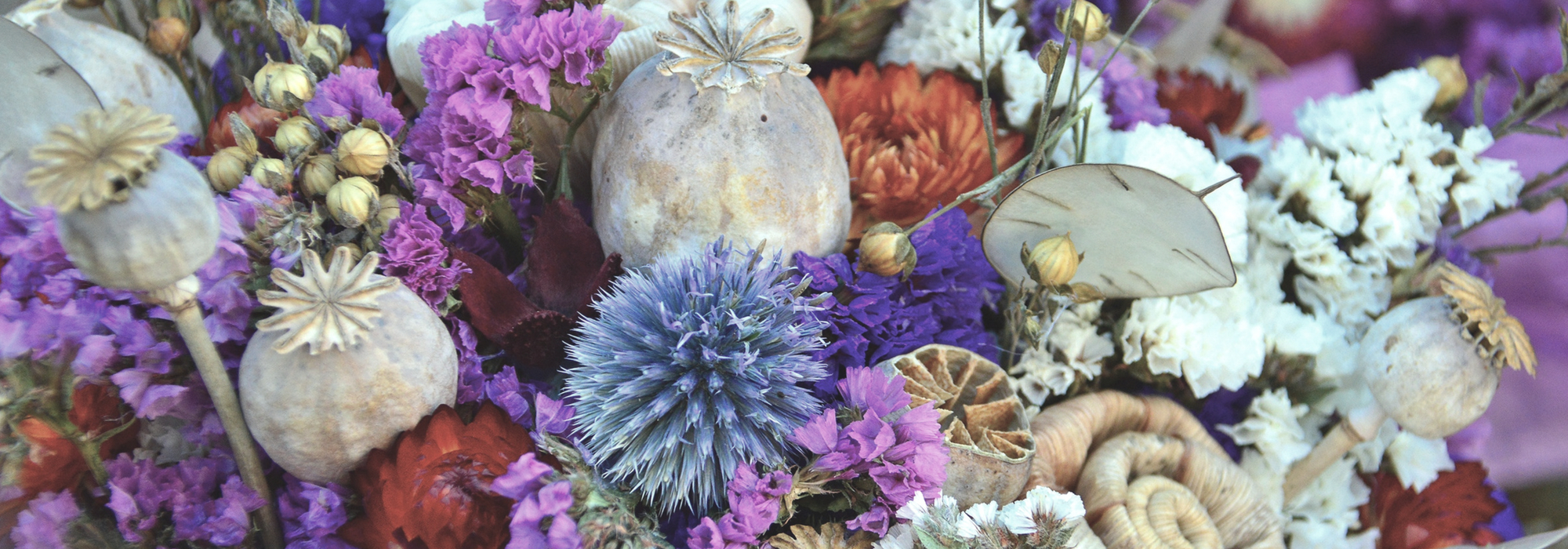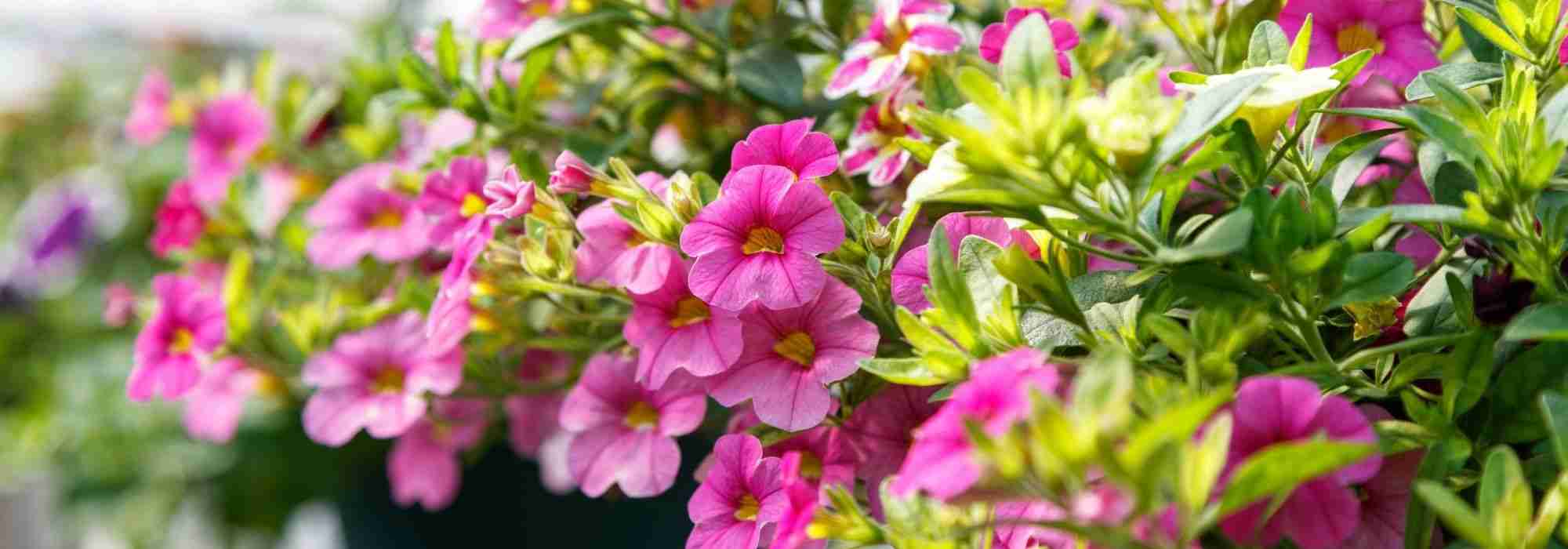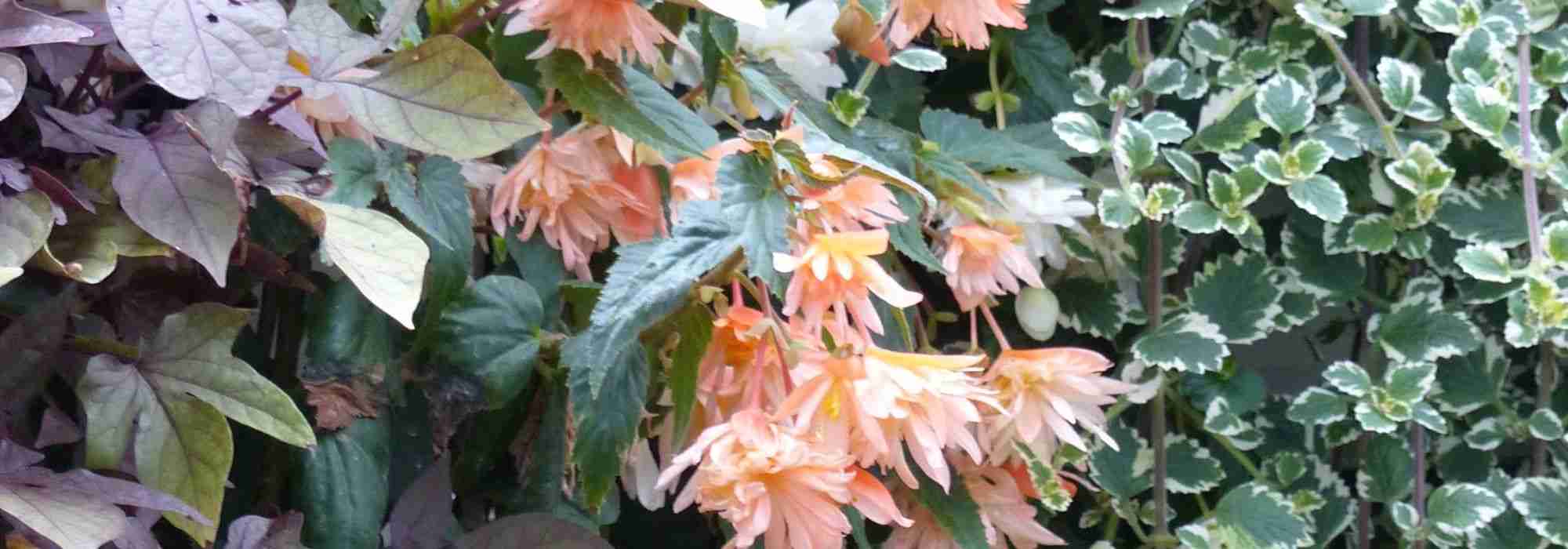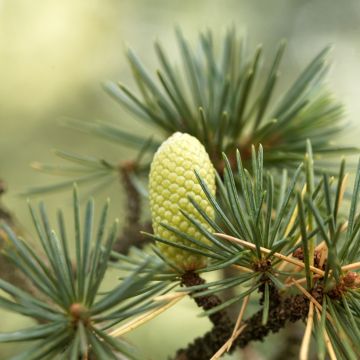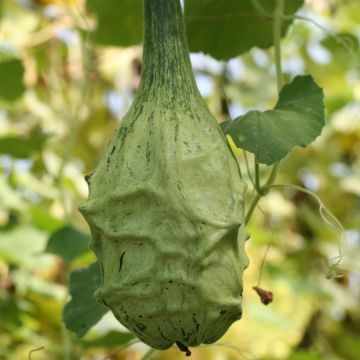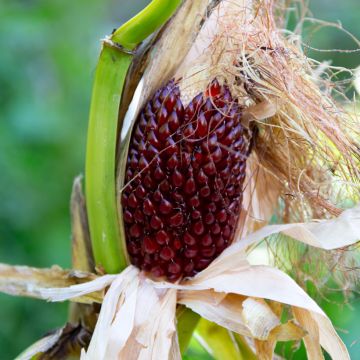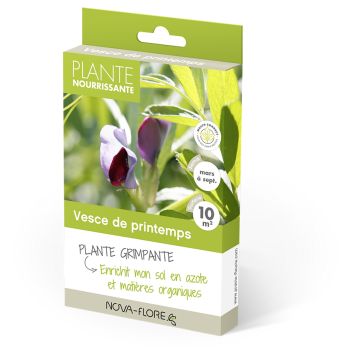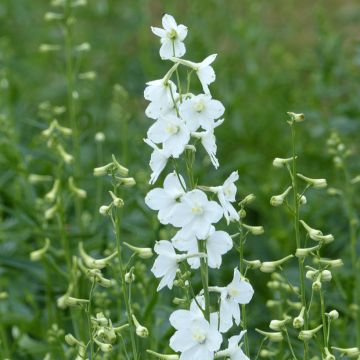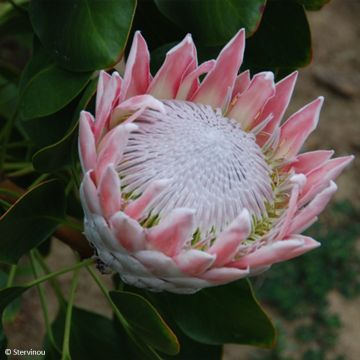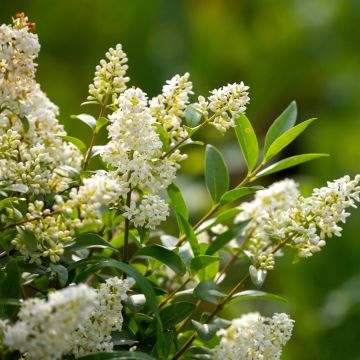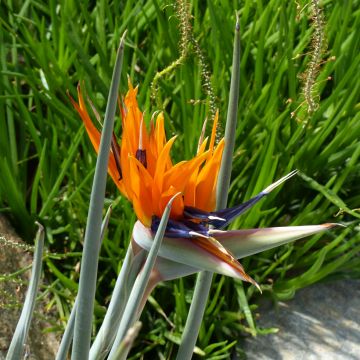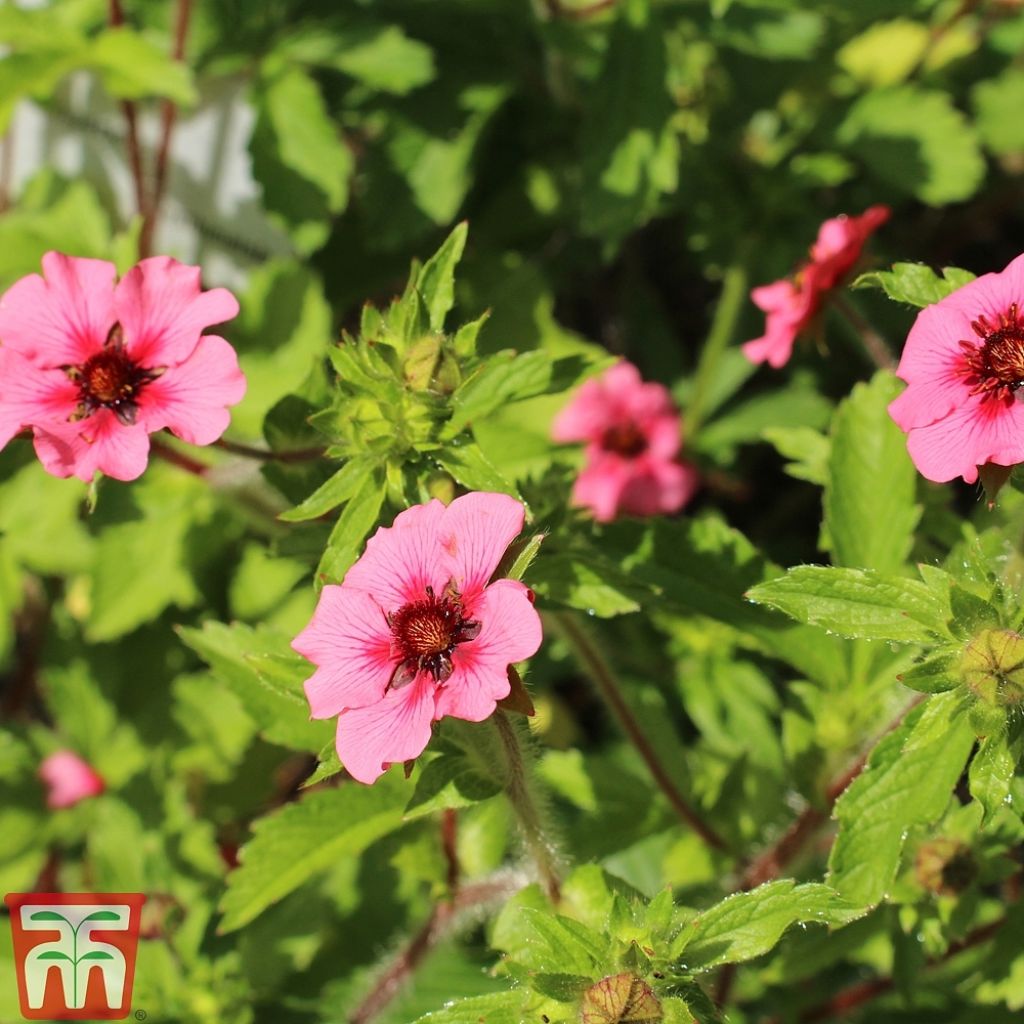

Potentilla nepalensis Helen Jane Seeds - Cinquefoil
Potentilla nepalensis Helen Jane Seeds - Cinquefoil
Potentilla nepalensis Helen Jane
Nepal cinquefoil - Five fingers
Special offer!
Receive a €20 voucher for any order over €90 (excluding delivery costs, credit notes, and plastic-free options)!
1- Add your favorite plants to your cart.
2- Once you have reached €90, confirm your order (you can even choose the delivery date!).
3- As soon as your order is shipped, you will receive an email containing your voucher code, valid for 3 months (90 days).
Your voucher is unique and can only be used once, for any order with a minimum value of €20, excluding delivery costs.
Can be combined with other current offers, non-divisible and non-refundable.
Why not try an alternative variety in stock?
View all →This plant carries a 6 months recovery warranty
More information
We guarantee the quality of our plants for a full growing cycle, and will replace at our expense any plant that fails to recover under normal climatic and planting conditions.
Does this plant fit my garden?
Set up your Plantfit profile →
Description
Potentilla nepalensis 'Helen Jane' is a new cultivar derived from the Nepalese cinquefoil which is known for its hardiness and ease of cultivation. It displays a more compact and bushy habit that performs wonderfully in borders among other bedding plants, but also in rock gardens and in flowering container displays. In the beginning of summer, charming, brightly coloured blooms that come in the form of cup-shaped flowers of a very bright pink hue tinged with scarlet at the base of the petals, bloom on top of its beautiful strawberry-like foliage. If care is taken to remove the wilted flowers, the plant will bloom repeatedly until September. Give this adorable perennial a light, well-drained soil and plenty of sunshine.
Potentilla nepalensis belongs to the family Rosaceae. It is native to eastern Asia and the western Himalayas and is found from Pakistan to Nepal. In the wild, it is found in pastures and crop fields at an altitude between 2100 and 2700 m above sea level.
'Helen Jane' has been selected for its more branched vegetation and its very bright pink flowers. It is a perennial plant with branching stems that forms a dense, bushy clump that grows to 30-45 cm in height and 40-50 cm in width. Its growth is rapid: a plant sown early, under heated glass, will be able to flower within the year. Its foliage feels as soft as it looks. The lower leaves are cut into five toothed leaflets while the upper leaves are cut into three leaflets. They are covered with silky hairs and their colour is a satiny shade of bright green. If the soil stays moist enough, flowering takes place from the end of June to September with a possible repeat-flowering in autumn. The flowers appear on branched stalks at the end of the stems and look like small, bright pink blooms of eglantine that measure 2-3 cm in diameter and that carry crimson blotches near their darker, contrasting centres. The vegetation of this perennial cinquefoil dries out in autumn and reappears in spring.
Potentilla Helen Jane is an ideal plant to decorate the borders or the edges of the terrace. It is one of those easy-to-achieve plants with an old-fashioned allure, that fits well into a cloister garden or a romantic garden. Because of its mountain origins, it is also suitable for gardens in mountains of medium altitude. It prefers sunshine, but tolerates partial shade quite well which makes it a useful perennial for decorating for example, slightly shaded rock gardens or the edges of east-facing paths. It is also a good plant for well-drained, sunny beds where it can be planted with creeping gypsophila, rock soapwort, the perennial geranium Philippe Vapel, red valerian, cheddar pink... It can also be used to make beautiful container displays for the terrace or balcony.
Report an error about the product description
Flowering
Foliage
Plant habit
Botanical data
Potentilla
nepalensis
Helen Jane
Rosaceae
Nepal cinquefoil - Five fingers
Cultivar or hybrid
Other Flower seeds A to Z
View all →Planting and care
Sow Nepalese cinquefoil seeds from February to June or in September - October. Place the seeds on the surface of a well-drained, moist, compost-based growing medium and cover with a fine pinch of potting soil or vermiculite. Seal the seedlings in a transparent plastic bag and keep it at 15-20ºC until germination, which may take 1-3 months. Do not exclude light as this will facilitate germination.
Prick out the seedlings when they are large enough to be handled, in tubs or 8 cm pots. Allow them to grow in cooler conditions for 10 to 15 days before planting outdoors or in pots after all risk of frost, spacing them 30 to 45 cm apart.
Summer seedlings can be overwintered and planted the following spring.
Cultivation:
Potentilla nepalensis contents itself with ordinary, well-drained soil that are not too heavy. In clay soil, it can be useful to incorporate coarse sand or gravel and topsoil. This mountain species likes sunshine and accepts partial shade in soils that dry out punctually but appreciates some watering on very hot and dry summer days. Avoid hot and arid positions which are not suitable for its development. Cut off withered flowers at the end of August to renew the foliage and encourage repeat flowering.
Sowing period
Intended location
Planting & care advice
This item has not been reviewed yet - be the first to leave a review about it.
Similar products
Haven't found what you were looking for?
Hardiness is the lowest winter temperature a plant can endure without suffering serious damage or even dying. However, hardiness is affected by location (a sheltered area, such as a patio), protection (winter cover) and soil type (hardiness is improved by well-drained soil).

Photo Sharing Terms & Conditions
In order to encourage gardeners to interact and share their experiences, Promesse de fleurs offers various media enabling content to be uploaded onto its Site - in particular via the ‘Photo sharing’ module.
The User agrees to refrain from:
- Posting any content that is illegal, prejudicial, insulting, racist, inciteful to hatred, revisionist, contrary to public decency, that infringes on privacy or on the privacy rights of third parties, in particular the publicity rights of persons and goods, intellectual property rights, or the right to privacy.
- Submitting content on behalf of a third party;
- Impersonate the identity of a third party and/or publish any personal information about a third party;
In general, the User undertakes to refrain from any unethical behaviour.
All Content (in particular text, comments, files, images, photos, videos, creative works, etc.), which may be subject to property or intellectual property rights, image or other private rights, shall remain the property of the User, subject to the limited rights granted by the terms of the licence granted by Promesse de fleurs as stated below. Users are at liberty to publish or not to publish such Content on the Site, notably via the ‘Photo Sharing’ facility, and accept that this Content shall be made public and freely accessible, notably on the Internet.
Users further acknowledge, undertake to have ,and guarantee that they hold all necessary rights and permissions to publish such material on the Site, in particular with regard to the legislation in force pertaining to any privacy, property, intellectual property, image, or contractual rights, or rights of any other nature. By publishing such Content on the Site, Users acknowledge accepting full liability as publishers of the Content within the meaning of the law, and grant Promesse de fleurs, free of charge, an inclusive, worldwide licence for the said Content for the entire duration of its publication, including all reproduction, representation, up/downloading, displaying, performing, transmission, and storage rights.
Users also grant permission for their name to be linked to the Content and accept that this link may not always be made available.
By engaging in posting material, Users consent to their Content becoming automatically accessible on the Internet, in particular on other sites and/or blogs and/or web pages of the Promesse de fleurs site, including in particular social pages and the Promesse de fleurs catalogue.
Users may secure the removal of entrusted content free of charge by issuing a simple request via our contact form.
The flowering period indicated on our website applies to countries and regions located in USDA zone 8 (France, the United Kingdom, Ireland, the Netherlands, etc.)
It will vary according to where you live:
- In zones 9 to 10 (Italy, Spain, Greece, etc.), flowering will occur about 2 to 4 weeks earlier.
- In zones 6 to 7 (Germany, Poland, Slovenia, and lower mountainous regions), flowering will be delayed by 2 to 3 weeks.
- In zone 5 (Central Europe, Scandinavia), blooming will be delayed by 3 to 5 weeks.
In temperate climates, pruning of spring-flowering shrubs (forsythia, spireas, etc.) should be done just after flowering.
Pruning of summer-flowering shrubs (Indian Lilac, Perovskia, etc.) can be done in winter or spring.
In cold regions as well as with frost-sensitive plants, avoid pruning too early when severe frosts may still occur.
The planting period indicated on our website applies to countries and regions located in USDA zone 8 (France, United Kingdom, Ireland, Netherlands).
It will vary according to where you live:
- In Mediterranean zones (Marseille, Madrid, Milan, etc.), autumn and winter are the best planting periods.
- In continental zones (Strasbourg, Munich, Vienna, etc.), delay planting by 2 to 3 weeks in spring and bring it forward by 2 to 4 weeks in autumn.
- In mountainous regions (the Alps, Pyrenees, Carpathians, etc.), it is best to plant in late spring (May-June) or late summer (August-September).
The harvesting period indicated on our website applies to countries and regions in USDA zone 8 (France, England, Ireland, the Netherlands).
In colder areas (Scandinavia, Poland, Austria...) fruit and vegetable harvests are likely to be delayed by 3-4 weeks.
In warmer areas (Italy, Spain, Greece, etc.), harvesting will probably take place earlier, depending on weather conditions.
The sowing periods indicated on our website apply to countries and regions within USDA Zone 8 (France, UK, Ireland, Netherlands).
In colder areas (Scandinavia, Poland, Austria...), delay any outdoor sowing by 3-4 weeks, or sow under glass.
In warmer climes (Italy, Spain, Greece, etc.), bring outdoor sowing forward by a few weeks.






























